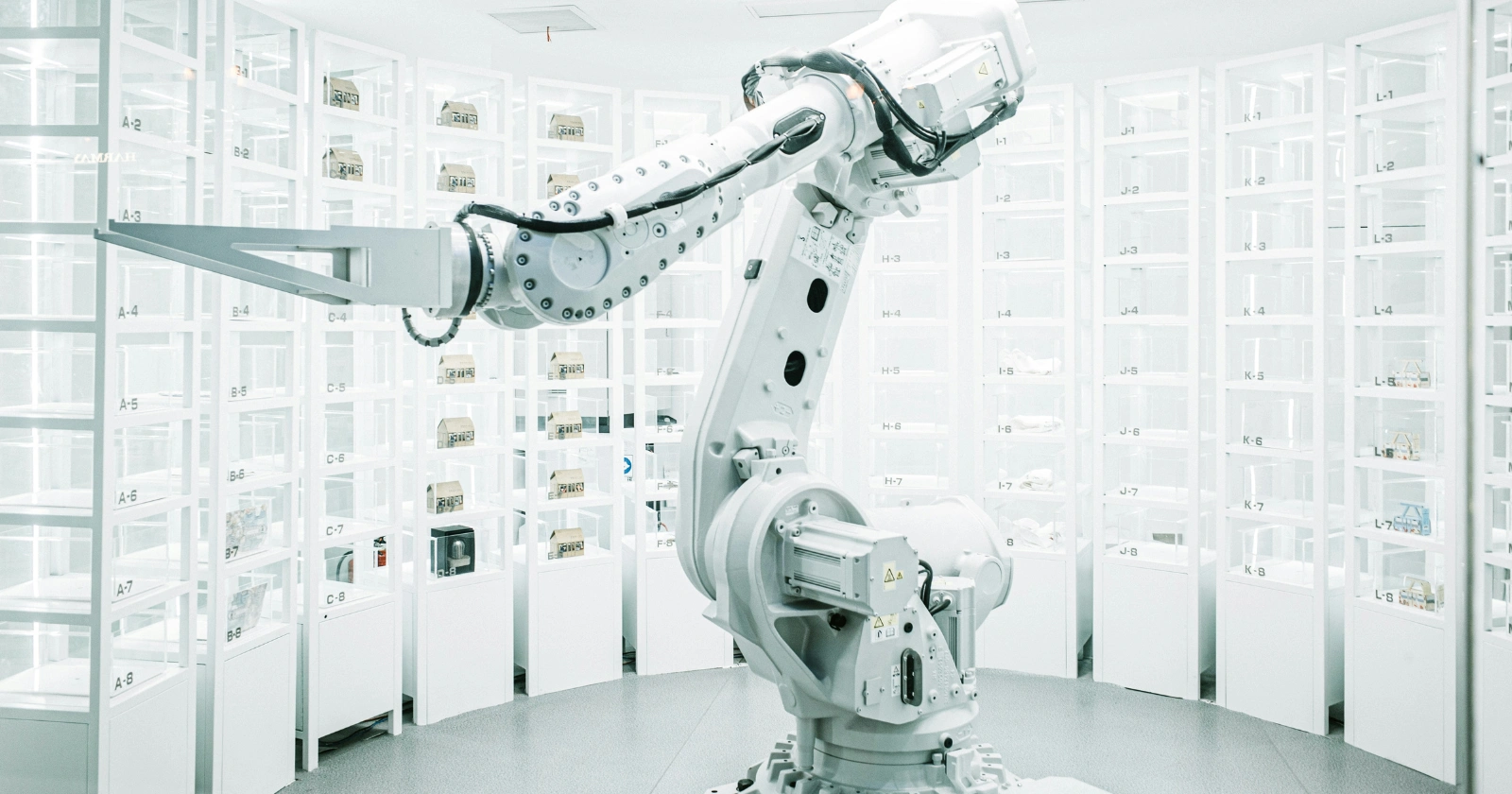Artificial intelligence stands at the forefront of corporate evolution, altering how executives guide teams and steer strategies. No longer confined to operational tools, AI influences the very essence of decision-making and team dynamics. Leaders find themselves navigating a landscape where data insights complement human judgment, fostering environments that prioritize innovation over routine oversight.
This transformation extends beyond technology adoption, touching the human elements of management. Executives must balance AI’s efficiency with the need for empathy, ensuring teams remain motivated amid rapid changes. As companies integrate AI, leadership roles evolve from authoritative figures to facilitators who harness machine capabilities to amplify human potential.
Looking ahead, the integration of AI promises enhanced competitiveness, but it demands proactive adaptation. Organizations that embrace this synergy position themselves for sustained growth, where leaders act as architects of hybrid systems blending algorithms with creativity.
Leadership Paradigms Evolve with AI
Traditional models of authority give way to more fluid structures as AI takes on administrative burdens. Executives once focused on directing every detail now orchestrate collaborations between humans and intelligent systems. This shift emphasizes strategic vision over micromanagement, allowing leaders to concentrate on long-term goals.
In the past, decisions often relied on experience and limited data sets. Today, AI delivers real-time analytics, enabling faster, more accurate choices. For instance, predictive tools forecast market trends, reducing risks in resource allocation. Mid-level managers, in particular, benefit from this, as AI handles routine coordination, freeing them to identify overlooked opportunities.
Collaboration becomes decentralized, with AI facilitating seamless interactions across teams. Hybrid work environments thrive through AI-powered platforms that maintain connectivity, regardless of location. This evolution supports a culture where innovation emerges from collective input rather than top-down directives.
Core Skills for AI-Driven Executives
Proficiency in AI and data analysis emerges as a foundational requirement. Leaders need not master coding but must interpret AI outputs to align them with business objectives. This fluency ensures strategies leverage technology effectively, turning insights into actionable plans.
Ethical oversight gains prominence as AI’s reach expands. Executives bear responsibility for frameworks that address biases and privacy concerns, promoting fair usage. Transparent governance builds trust, safeguarding against reputational risks.
Emotional intelligence stands out as a differentiator. With automation handling tasks, leaders focus on alleviating team anxieties about job shifts, fostering resilience. Adaptability rounds out these competencies, enabling executives to guide organizations through continuous technological flux.
Balancing intuition with data-driven approaches defines success. AI excels in processing vast information, but human context provides the nuance for complex scenarios. This partnership enhances outcomes, where leaders apply ethical lenses to AI recommendations.
Mid-Level Managers Lead the Charge
Positioned between strategy and execution, mid-level executives play a pivotal role in AI integration. They translate high-level visions into practical applications, embedding AI in workflows to boost efficiency. Surveys indicate that empowering these leaders accelerates transformation, yet many organizations underutilize their potential.
AI reduces the need for constant supervision, allowing managers to shift toward coaching. They identify AI-driven improvements, such as personalized development plans based on performance metrics. This role evolves into one of advocacy, building confidence in AI among teams.
Challenges arise when resources for mid-level training lag. Closing this gap involves structured programs that build AI maturity, from basic knowledge to advanced scaling. Such investments yield higher productivity and innovation.
Tackling AI Adoption Hurdles
Resistance often stems from fears of displacement or unfamiliarity. Transparent communication addresses these, outlining AI’s role in augmenting rather than replacing human efforts. Executives demonstrate value through pilot projects showcasing tangible benefits.
Skill gaps pose another barrier. Organizations respond with upskilling initiatives, emphasizing experimentation in safe environments. Learning from setbacks cultivates an adaptive mindset, turning potential obstacles into growth opportunities.
Cultural shifts require deliberate effort. Promoting psychological safety encourages open dialogue about AI concerns. Early successes, shared widely, reinforce positive perceptions and drive broader acceptance.
Ethical Imperatives in AI Leadership
Fairness and transparency form the bedrock of responsible AI use. Regular audits mitigate biases in algorithms, ensuring equitable outcomes. Explainable AI models allow stakeholders to understand decisions, fostering accountability.
Privacy and security demand robust policies. Data minimization principles limit collection to essentials, with clear retention guidelines. Compliance with regulations like the EU AI Act strengthens defenses against cyber threats.
Governance frameworks involve cross-functional teams reviewing AI deployments. These structures align with organizational values, preparing for evolving standards. Proactive ethics enhance brand integrity and stakeholder trust.
Measuring AI’s Impact on Leadership
Return on investment extends beyond financials to include productivity gains and employee satisfaction. Metrics track automation savings and decision accuracy improvements. Continuous monitoring ensures AI aligns with strategic goals.
User feedback complements quantitative data, revealing adoption effectiveness. Strong relationships with teams affected by AI facilitate honest assessments, refining implementations.
Organizations that integrate AI thoughtfully see flattened hierarchies, with fewer managerial layers. This agility stems from AI handling coordination, allowing executives to focus on high-value activities.
Key Facts and Findings
- 92 percent of companies plan to boost AI investments over the next three years, yet only 1 percent claim maturity in this area.
- AI adoption can increase labor productivity growth by nearly five times in sectors embracing it.
- Over 82 percent of CEOs believe AI will dramatically impact their businesses.
- Mid-level leaders empowered with AI see a 48 percent leverage in creativity for transformation.
- Organizations relying heavily on data report three times more improvements in decision-making.
| Aspect of Leadership | Before AI | With AI |
|---|---|---|
| Decision-Making | Intuition and historical data | Real-time analytics and predictive insights |
| Management Style | Hierarchical and top-down | Collaborative and decentralized |
| Employee Engagement | Generalized reviews | Personalized, continuous monitoring |
| Core Focus | Task supervision | Innovation and ethical oversight |
| Organizational Structure | Layered hierarchies | Flattened, skill-based teams |
AI’s Horizon for Corporate Guidance
As AI continues to permeate business operations, executives must cultivate environments where technology and humanity coalesce. This era demands a commitment to lifelong learning, where leaders champion hybrid models that amplify strengths on both sides. By prioritizing ethical integration and workforce readiness, companies not only mitigate risks but also unlock unprecedented potential for growth and resilience.
The path forward involves viewing AI as a collaborator that elevates human ingenuity. Executives who master this balance drive cultures of innovation, where adaptability becomes a competitive edge. In this dynamic landscape, success hinges on blending AI’s precision with the irreplaceable depth of human insight, ensuring organizations thrive amid ongoing evolution. Ultimately, the most enduring legacies will belong to those who harness AI to empower people, fostering workplaces that are efficient, equitable, and inspiring.
Frequently Asked Questions
AI shifts leadership from command structures to collaborative frameworks, where executives facilitate human-AI partnerships for enhanced innovation.
AI provides real-time data insights and predictive analytics, enabling faster, less biased choices in strategy and operations.
Data literacy allows executives to interpret AI outputs, align them with goals, and make informed decisions without deep technical expertise.
Mid-level managers embed AI in workflows, act as translators of strategies, and identify opportunities for process improvements.
Through transparent communication, inclusive decision-making, and demonstrating AI’s augmentative benefits via training and pilots.
Challenges include algorithmic bias, data privacy, and transparency, requiring frameworks for fair and accountable usage.
AI flattens structures by automating coordination, reducing middle management needs, and emphasizing skill-based roles.
Encourage experimentation, create safe testing spaces, and promote human-AI collaboration to foster trust and creativity.
Track metrics like cost savings, productivity gains, and qualitative feedback, with ongoing evaluations aligned to objectives.
Advanced skills involve anticipating trends, pivoting business models, and integrating AI governance for sustained ethical innovation.



